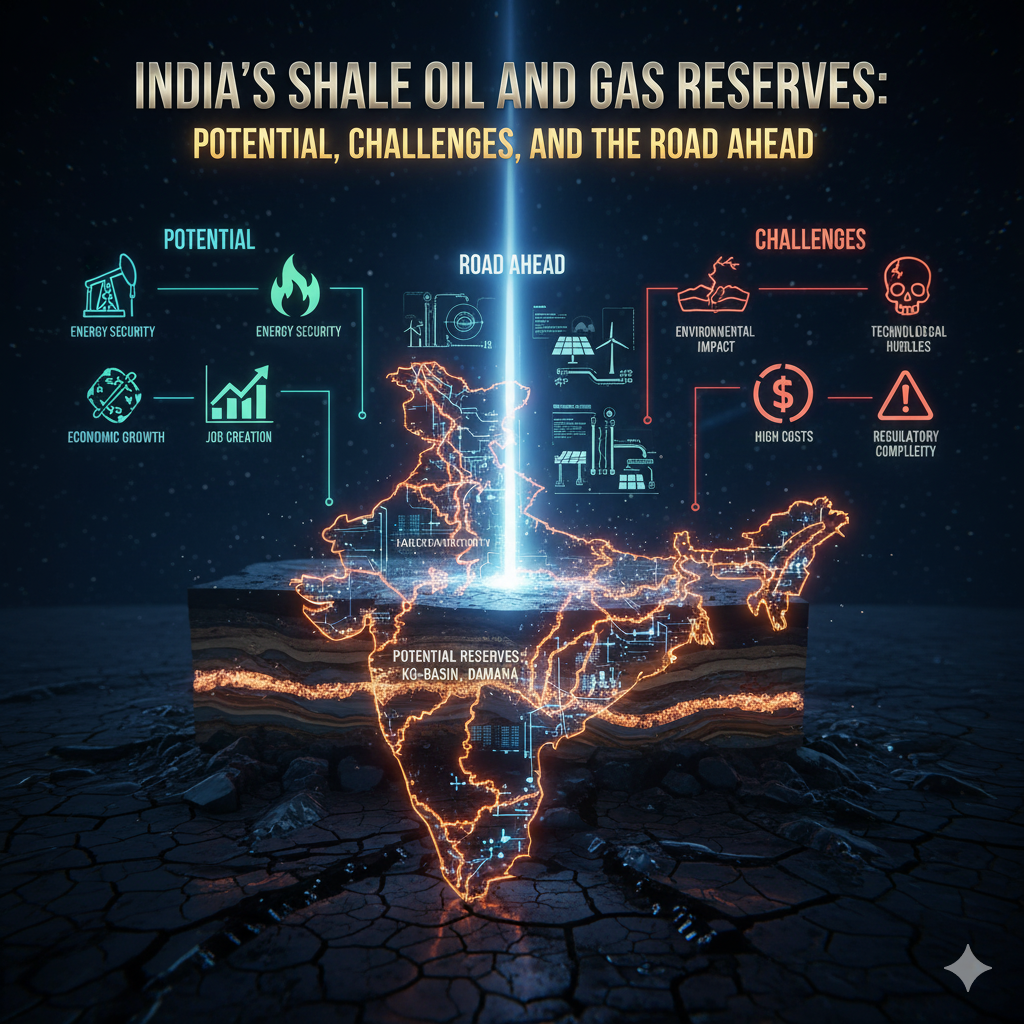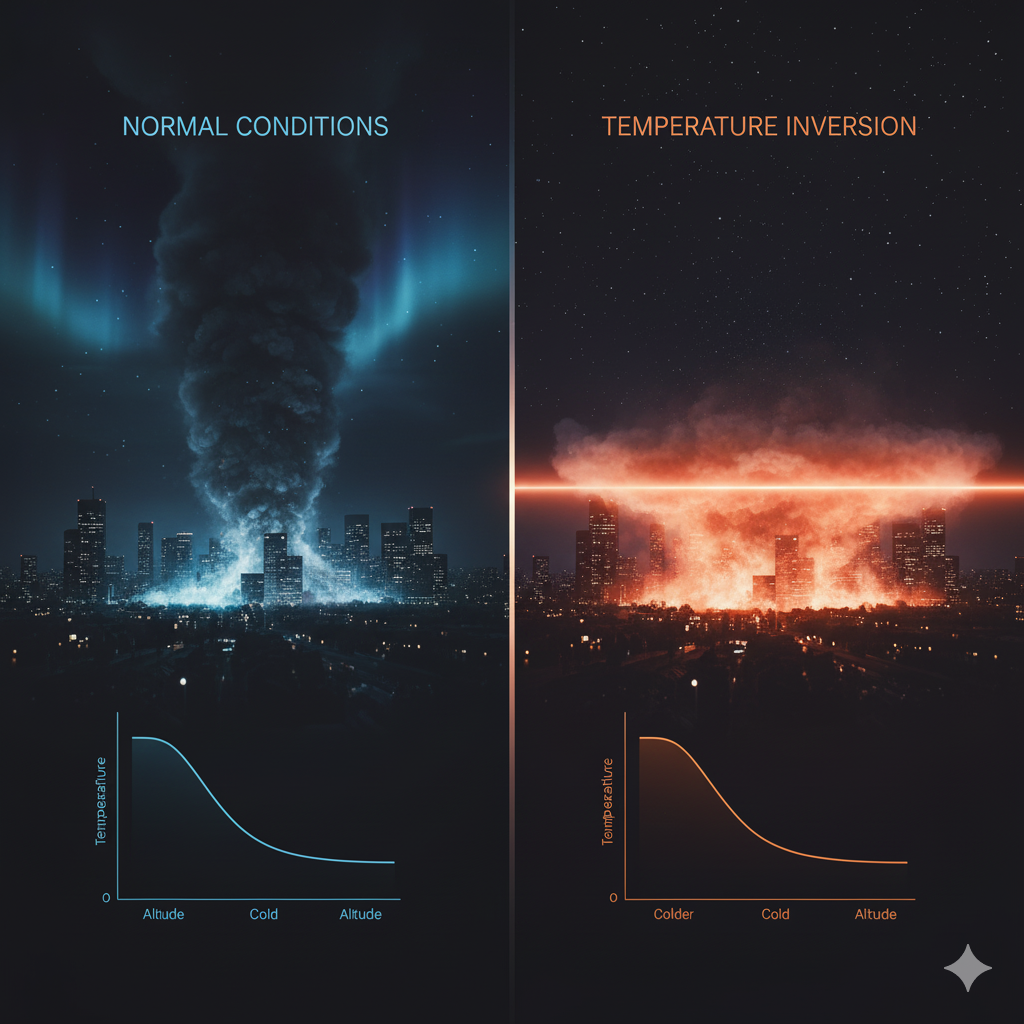Introduction
“Dead Zones” are hypoxic (low-oxygen) regions in oceans, seas, and large freshwater bodies where oxygen levels are too low to sustain most marine life. Scientifically, hypoxia is defined as dissolved oxygen concentration below 2 mg/L, which is lethal for many fish, invertebrates, and benthic organisms. Dead zones have become one of the most pressing environmental concerns of the 21st century, as they threaten marine biodiversity, food security, and the livelihoods of coastal communities.
The first documented dead zone appeared in the 1960s in the Gulf of Mexico, and since then, their occurrence has increased dramatically due to human activities such as industrialization, urbanization, and intensive agriculture. Currently, more than 500 dead zones are reported worldwide, covering an area exceeding 245,000 km², which is roughly the size of the United Kingdom.
1. Formation and Causes of Dead Zones
Understanding the causes is crucial for comprehending the consequences. Dead zones form primarily due to nutrient over-enrichment, combined with physical and climatic factors.
1.1 Nutrient Pollution and Eutrophication
Excessive nutrients, mainly nitrogen and phosphorus, enter water bodies through:
- Agricultural runoff containing fertilizers
- Untreated sewage and industrial effluents
- Atmospheric deposition from fossil fuel combustion
These nutrients stimulate the growth of phytoplankton, forming algal blooms. When these algae die, they sink and decompose, consuming dissolved oxygen in the water. This process, known as eutrophication, is the primary driver of dead zones.
1.2 Stratification of Water Layers
Water column stratification occurs due to differences in temperature (thermocline) or salinity (halocline). This creates layers:
- Oxygen-rich surface layer
- Oxygen-depleted bottom layer
Stratification prevents oxygen from mixing into the deeper layers, intensifying hypoxic conditions.
1.3 Climate Change and Ocean Warming
Rising global temperatures have multiple effects:
- Warm water holds less oxygen.
- Increased stratification reduces oxygen transport to deeper layers.
- Melting glaciers and ice sheets alter salinity, affecting ocean circulation and hypoxia patterns.
1.4 Human Activities
- Industrial pollution introduces chemicals that disrupt oxygen cycles.
- Urban runoff carries detergents and organic matter that promote microbial oxygen consumption.
- Coastal development destroys habitats like mangroves, reducing natural nutrient filtration.
2. Global Distribution of Dead Zones
Dead zones are now a global phenomenon, affecting diverse ecosystems:
- Gulf of Mexico (USA): Created by nutrient runoff from the Mississippi River, covering up to 20,000 km² during peak summer.
- Baltic Sea (Europe): Persistent hypoxia due to heavy agriculture and limited water exchange.
- East China Sea (Asia): Industrial and agricultural pollution has created one of the largest seasonal dead zones.
- Amazon River Plume (South America): Seasonal hypoxia results from organic matter loading from river discharge.
- Black Sea: Nutrient inflow and stratification have led to a long-term hypoxic layer.
Observation: Dead zones are more common in coastal waters and semi-enclosed seas, where water circulation is limited.
3. Ecological Consequences
3.1 Loss of Biodiversity
Dead zones are lethal to marine life:
- Fish, shrimp, crabs, and mollusks either die or migrate.
- Benthic organisms like clams and worms perish, disrupting the base of the food chain.
- Opportunistic species such as jellyfish dominate, altering ecosystem structure.
Example: In the Gulf of Mexico, hypoxia kills millions of pounds of shrimp and fish annually, impacting local fisheries.
3.2 Disruption of Food Chains
- Small fish and plankton die or leave hypoxic zones.
- Predators, including larger fish, seabirds, and marine mammals, lose prey sources.
- Reduced biodiversity leads to simplified food webs, making ecosystems more vulnerable to other stresses.
3.3 Habitat Degradation
- Seafloor habitats (benthic zones) are destroyed due to low oxygen and toxic by-products of decomposition.
- Coral reefs and seagrass meadows near dead zones often suffer, leading to long-term habitat loss.
3.4 Economic Impacts on Fisheries
- Commercially valuable species avoid hypoxic areas, reducing catch volumes.
- Shrimp, crab, and mollusk populations collapse in affected zones.
- Coastal economies dependent on fisheries face food insecurity and unemployment.
3.5 Spread of Opportunistic and Harmful Species
- Jellyfish blooms increase, competing with fish and sometimes stinging humans.
- Harmful algal blooms (HABs) produce toxins that accumulate in seafood, causing human health risks.
- Altered species composition affects ecological balance and resilience.
4. Biogeochemical Consequences
4.1 Altered Nutrient Cycles
Dead zones change nutrient dynamics:
- Oxygen depletion promotes anaerobic processes, including denitrification and sulfate reduction.
- Release of nitrous oxide (N₂O), a potent greenhouse gas, contributes to global warming.
4.2 Ocean Acidification
- Decomposition in hypoxic zones releases CO₂, lowering water pH.
- Acidification affects calcifying organisms like corals and shellfish.
4.3 Sediment Toxicity
- Anaerobic conditions produce hydrogen sulfide and methane, toxic to most marine life.
- Heavy metals accumulate in sediments, entering the food chain and posing risks to human health.
5. Long-term Ecological Risks
- Permanent Ecosystem Shifts:
- Extended hypoxia can convert once-thriving ecosystems into low-diversity, jellyfish-dominated zones.
- Extended hypoxia can convert once-thriving ecosystems into low-diversity, jellyfish-dominated zones.
- Reduced Resilience:
- Hypoxic ecosystems cannot recover easily from storms, invasive species, or temperature fluctuations.
- Hypoxic ecosystems cannot recover easily from storms, invasive species, or temperature fluctuations.
- Carbon Sequestration Loss:
- Reduced biological productivity diminishes the ocean’s ability to absorb CO₂, exacerbating climate change.
- Reduced biological productivity diminishes the ocean’s ability to absorb CO₂, exacerbating climate change.
- Cascading Effects:
- Hypoxia in one area may affect migratory species, spreading impacts to other marine regions.
6. Social and Economic Consequences
- Food Security: Reduced fish and shellfish stocks threaten protein sources for millions.
- Livelihood Loss: Fisherfolk and coastal communities experience income loss and unemployment.
- Public Health Risks: Toxins from algal blooms and contaminated seafood can cause human illness.
- Tourism Impact: Coastal tourism declines due to dead fish, foul odors, and unsafe water conditions.
7. Case Studies
7.1 Gulf of Mexico
- Formed due to nitrogen runoff from 17 U.S. states via the Mississippi River.
- Peak hypoxia covers up to 20,000 km² in summer.
- Economic loss in fisheries is estimated at hundreds of millions of dollars annually.
7.2 Baltic Sea
- Persistent hypoxia due to agricultural runoff from Sweden, Germany, and Poland.
- Over 50% of deeper waters are oxygen-depleted, affecting cod, herring, and benthic fauna.
7.3 East China Sea
- Seasonal hypoxia caused by river discharge and intensive aquaculture.
- Impacts shrimp, crab, and finfish populations, affecting local markets and export revenue.
8. Mitigation Strategies
8.1 Nutrient Management
- Implement buffer zones along rivers to reduce fertilizer runoff.
- Treat sewage and industrial effluents before discharge.
- Encourage organic farming and precision agriculture.
8.2 Ecosystem Restoration
- Replant mangroves and seagrass beds to naturally filter nutrients.
- Introduce filter-feeding organisms like oysters to absorb excess nutrients.
8.3 Monitoring and Prediction
- Use satellite imagery and in-situ sensors to detect hypoxia early.
- Develop predictive models to forecast dead zone formation and guide fisheries management.
8.4 Policy and Global Cooperation
- Implement international regulations for shared waters.
- Reduce greenhouse gas emissions to limit ocean warming and stratification.
9. Future Implications
If dead zones continue to spread:
- Global fisheries could collapse, affecting food security for billions.
- Oceanic carbon sequestration will weaken, accelerating climate change.
- Marine biodiversity may shift permanently, favoring low-value or harmful species.
- Coastal communities will face increased socio-economic vulnerability.
Conclusion
The spread of dead zones is a critical environmental challenge with ecological, economic, and social ramifications. From mass mortality of marine species and disrupted food chains to altered nutrient cycles and loss of carbon sequestration, the consequences are far-reaching. Preventing and mitigating dead zones requires coordinated global action: responsible nutrient management, ecosystem restoration, climate change mitigation, and robust monitoring systems. Protecting marine ecosystems is not only an environmental necessity but also vital for sustaining human livelihoods and global food security.
Key Summary Points
- Dead zones are hypoxic areas caused primarily by nutrient pollution and climate change.
- They lead to biodiversity loss, disrupted food chains, and habitat degradation.
- Fisheries and human communities suffer significant socio-economic impacts.
- Biogeochemical cycles are altered, producing greenhouse gases and toxic compounds.
- Long-term risks include permanent ecosystem shifts, reduced resilience, and climate feedbacks.
- Mitigation requires nutrient control, ecosystem restoration, monitoring, and policy action.




